D students will generate ideas, and A students will bring them to life
Discussion about the creative economy at Almet Creative Days during Karakuz festival
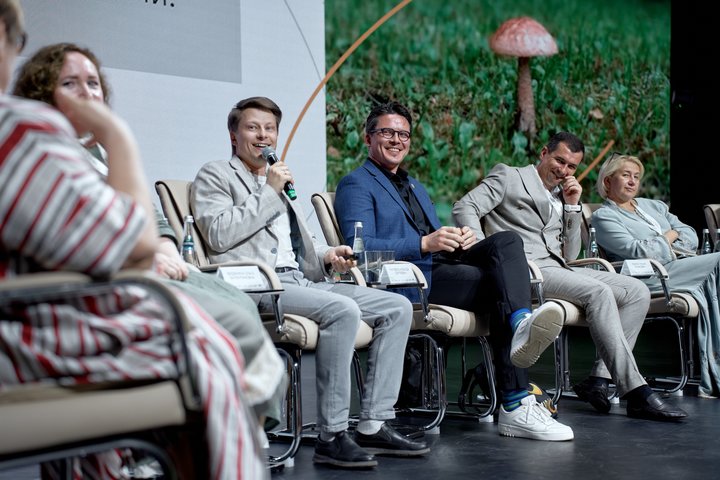
“I feel like Marty McFly,” said Director General of the Association of Professional Participants in the Creative Economy Federation of Creative Industries Igor Namakonov at Creative Days in Almetyevsk. The point was that he talked about things that wre still difficult to understand but “your children will definitely like it” he like a hero of the film Back to the Future. Marty pronounced the same phrase when he played rock and roll before rock and roll appeared. According to Namakonov, the situation is similar with the creative economy. Although people have already heard about it, no one understands how it works and what it consists of. At the same time, modern children will be actively involved in it in the future. But our generation still needs to work hard for this to happen.
Demand for non-digital and local product
Namakonov did not stop at the reference to the film Back to the Future. He remembered a quote from Lewis Carroll's Alice's Adventures in Wonderland about how you have to run to stay in one place, and if you want to get somewhere, you have to run twice as fast. This is how Igor Namakonov, a lover of metaphors, described the action plan of representatives of the creative industries if they want a developed creative economy for our children. According to him, today the difficulty in developing this segment of the economy is that creative industries are not integrated into everyday life. And different directions do not yet fully understand how to work with a material in order to transform an ordinary product into a creative economy. And this is where synthesis is important.
“Let's take the NUR festival. This is a combination of IT, design, gaming, urbanism, architecture and some other areas. Twenty or even 10 years ago they could not fully connect because there was no demand for it, no sufficiently developed technologies, no general social awareness. And today it is a mass product actively developing across the world. And this symbiosis of different industries contains enormous potential for the creative economy,” said Igor Namakonov.
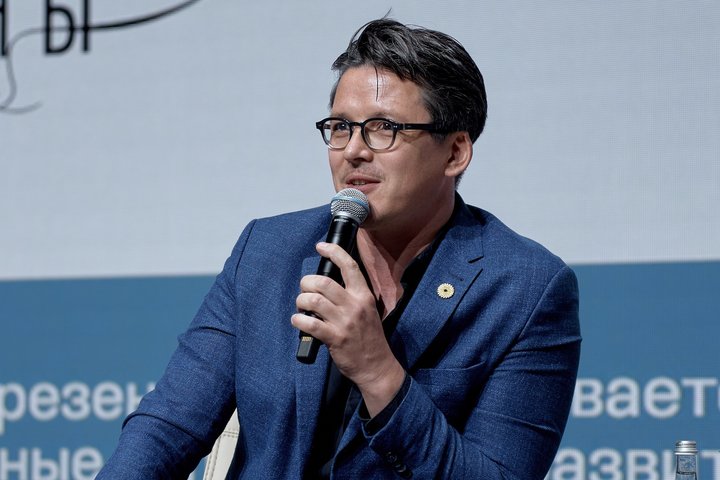
In addition, he noted that even in conditions of a poorly developed creative economy, we can talk about certain trends. For example, in Russia the demand for non-digital creative products is growing.
“We want to touch something, meet something.” In general, the online world has greatly devalued what a person creates with his own hands. And people intuitively feel that they need to overcome this boundary. They want to meet with what another person has produced first-hand,” Namakonov commented.
He also noted that in Russia there is an active trend for local and national products, which reflect local culture, heritage and identity. To put an example, Namakonov mentioned Yakut cinema, which is in demand on the global market with its local peculiarities. But the paradox is that Yakut cinema is quite popular on the world stage, but in Russia it is watched only in Yakutia.
“The emphasis should be on features, cultural traditions and solutions translated into the language of new industries. This is an important aspect of popularity, demand, and this is what the consumer expects,” added Igor Namakonov.
Creative work from patients of a boarding school for mental diseases
In addition to the fact that the creative economy is often a symbiosis of various spheres, it is also, first and foremost, a combination of culture and economics where the latter plays an important role. For example, experts may judge a painting or text to be of high cultural significance but people will not understand it. This means that this product will not bring money. Therefore, it is important to evaluate not only the creative component but also the economic one. And what are the criteria?
“We cannot predict where we will find that creative person who will change life in his local territory and who will give birth to a grandiose, super-profitable start-up. Look what is happening on the Internet today, who is popular there. It is obvious to us that the most viewed and profitable multimedia content is content created on a mobile phone, which led to the emergence of the Moscow Mobile Film Festival. The most super-profitable bloggers are bloggers having anti-social behavior: alcoholics and homeless people who bring super-profits to producers. Today, a creative start-up that will change the regional economy can be born in a remote village where we do not expect it at all,” said Director General of Saint Petersburg project office Cultural Capital Alexey Matveyev
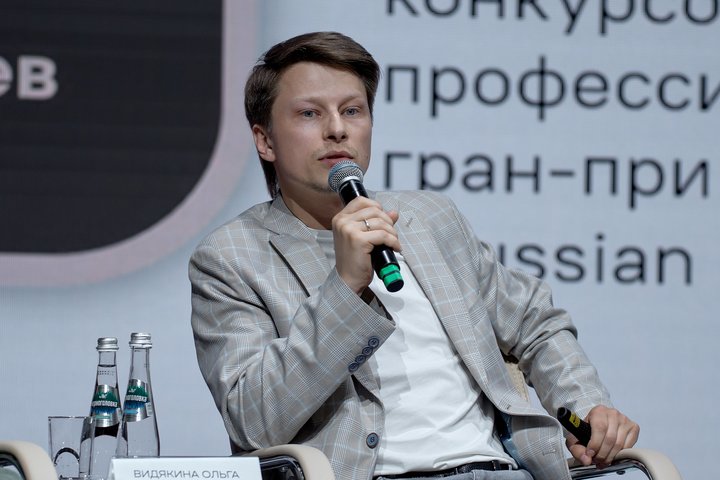
Creativity was found where we did not expect it. This is roughly how one can roughly describe Petersburg Angels project Matveyev cited as an example. Patients in a closed boarding school for mental diseases in Petersburg received art therapy and did various theatre practices. As a result, it turned out that they create “amazing creative content.” As a result, the first inclusive class in Russia appeared on the basis of the boarding school where patients have been creating plasticine cartoons for two years. According to Matveyev, the boarding school’s creative projects have collected more than 60 world and Russian awards and Grand Prix.
“D and C students have an advantage”
It turns out that anyone can become a participant in the creative economy, any person who has some talents. Alexey Matveyev noted that in the current situation this could be a problem because the clear criteria for selecting and identifying talented people are “broken.”
Matveyev and his team did an experiment. Together with several cultural institutions, they decided to recruit talented young people and provide them with access to education and resources in these institutions. The schoolchildren had to be given interesting ideas for start-ups. A hundred gifted children were selected from Talent Academy registry. As a result, there was not a single project that would be accepted for implementation.
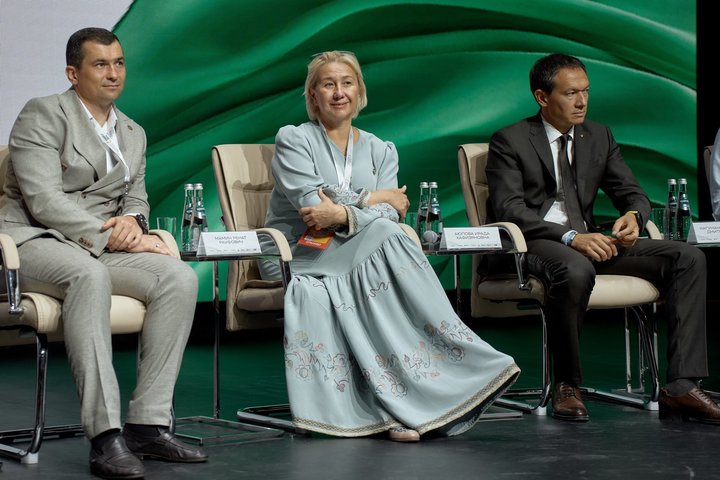
The approach to the recruitment of children for the second cohort was different. They launched targeted advertising on those sites where “truants, D students and those who sit in front of the computer around the clock” usually spend time. These 100 people, according to Matveyev, generated a huge number of ideas within a day, of which 20% were implemented.
“In my opinion, D and С students have an advantage — they have no fear of mistakes. As a systemic excellent student with a medal and a bunch of honours, I can say that for me the worst and most difficult thing is to make a mistake. Therefore, people who do not strive for perfection, as a rule, are not afraid to make mistakes. They are freer and more liberated,” this is how Minister of Culture of the Republic of Tatarstan Irada Ayupova commented on the experiment described by Alexey Matveyev for Realnoe Vremya’s journalist.
“Everyone will be in demand”
If you look at the Unified State Exam results in the last few years, there shouldn’t be any problems with creativity in the country. But, according to Igor Namakonov, there will be and there are already problems with qualified management personnel in creative industries. He said that when Rostec began to be seriously engaged in industrial design at its enterprises, it discovered a shortage of a thousand marketers specialising in industrial design. It turned out that there are designers, but there are no people capable of formulating technical specifications for them and setting a clear task.
“We are opening new niches, markets and finding new opportunities. But we realise that there are no people ready to sell a new product. There are no management personnel, producers or managers who understand how the creative economy works and how to speak the language of bureaucracy and the market. Today these are the most valuable people. Once someone learns this, they will be paid ridiculous amounts of money, no matter where they are geographically. And in this we need to look for new points of growth for ourselves,” Namakonov said.
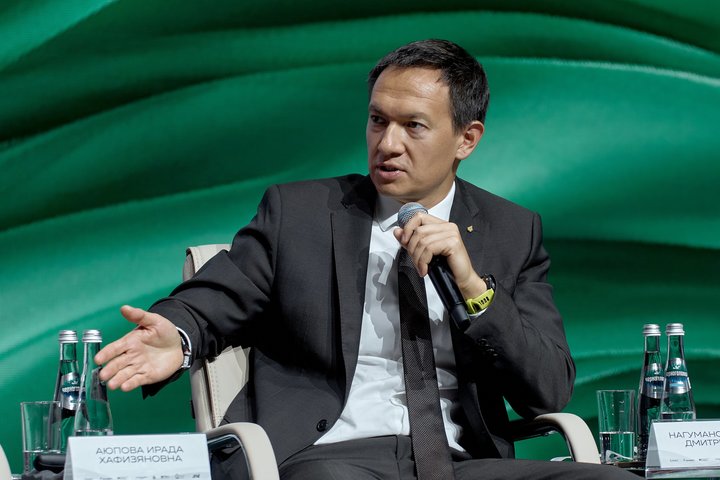
Head of Almetyevsk Municipal District Timur Nagumanov looks at the situation more optimistically. He believes that the niche of management personnel can be filled by A students.
“The emergence of an idea very often depends on the absence of those who will make it a reality. And this is a normal division of labour, when one comes up with an idea, and the other brings it to life. There must be a team that, after all, knows how to do something. But we see that in the modern world, getting the basic skills to create something is very difficult. Therefore, everyone will be needed: A students, B students and D students. Everyone will be in demand. The main thing is that they find their niche in life,” Timur Nagumanov told Realnoe Vremya’s journalist.
Ekaterina Petrova is a book reviewer of Realnoe Vremya online newspaper, the author of Poppy Seed Muffins Telegram channel and founder of the first online subscription book club Makulatura.